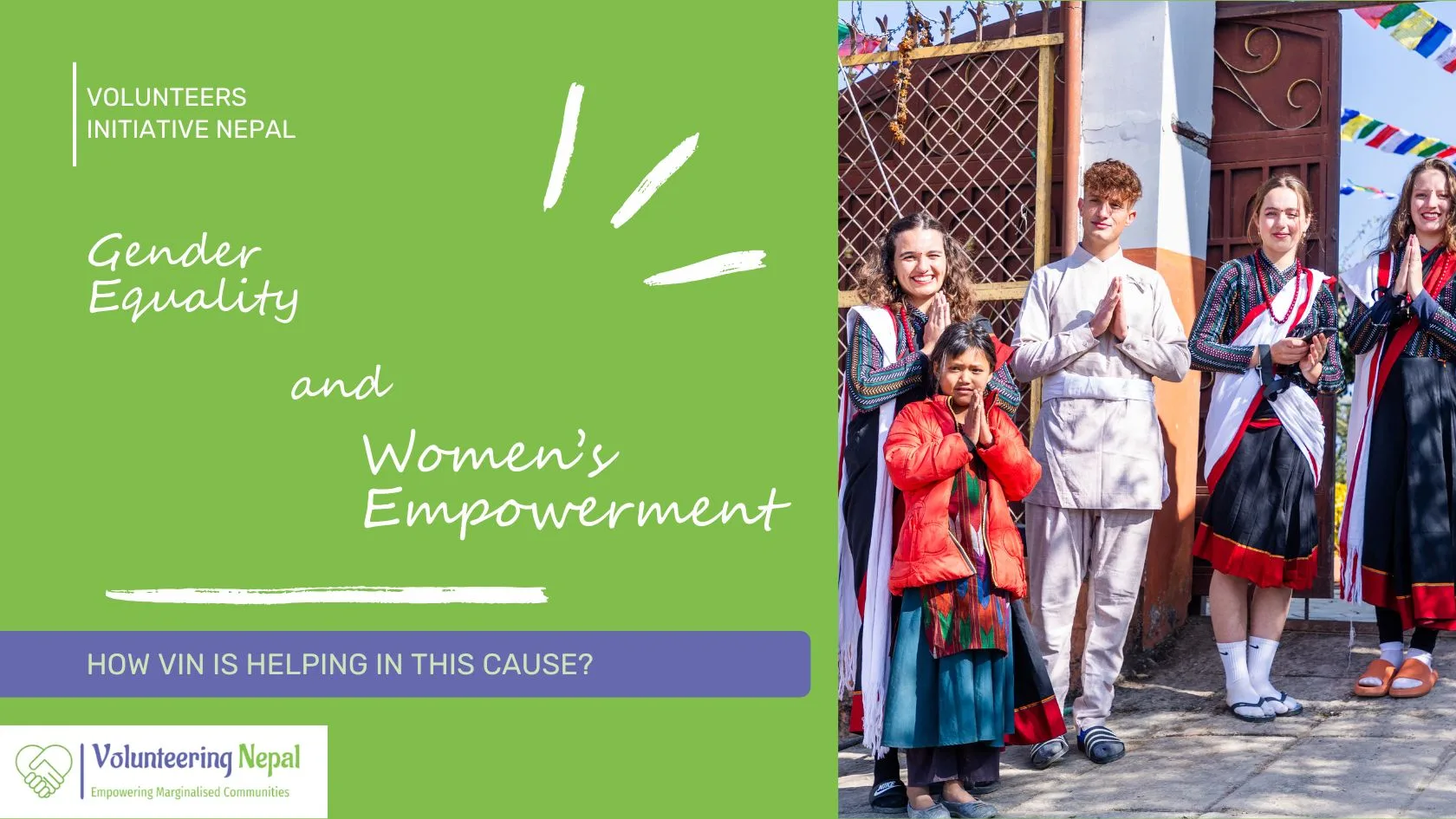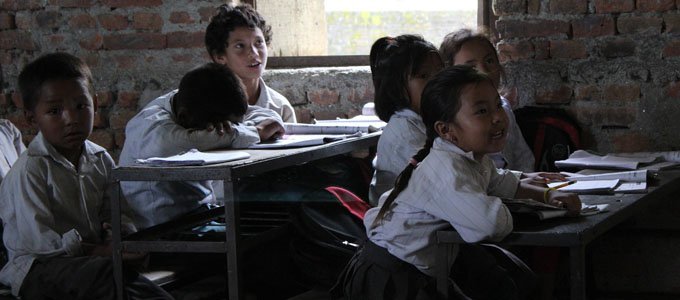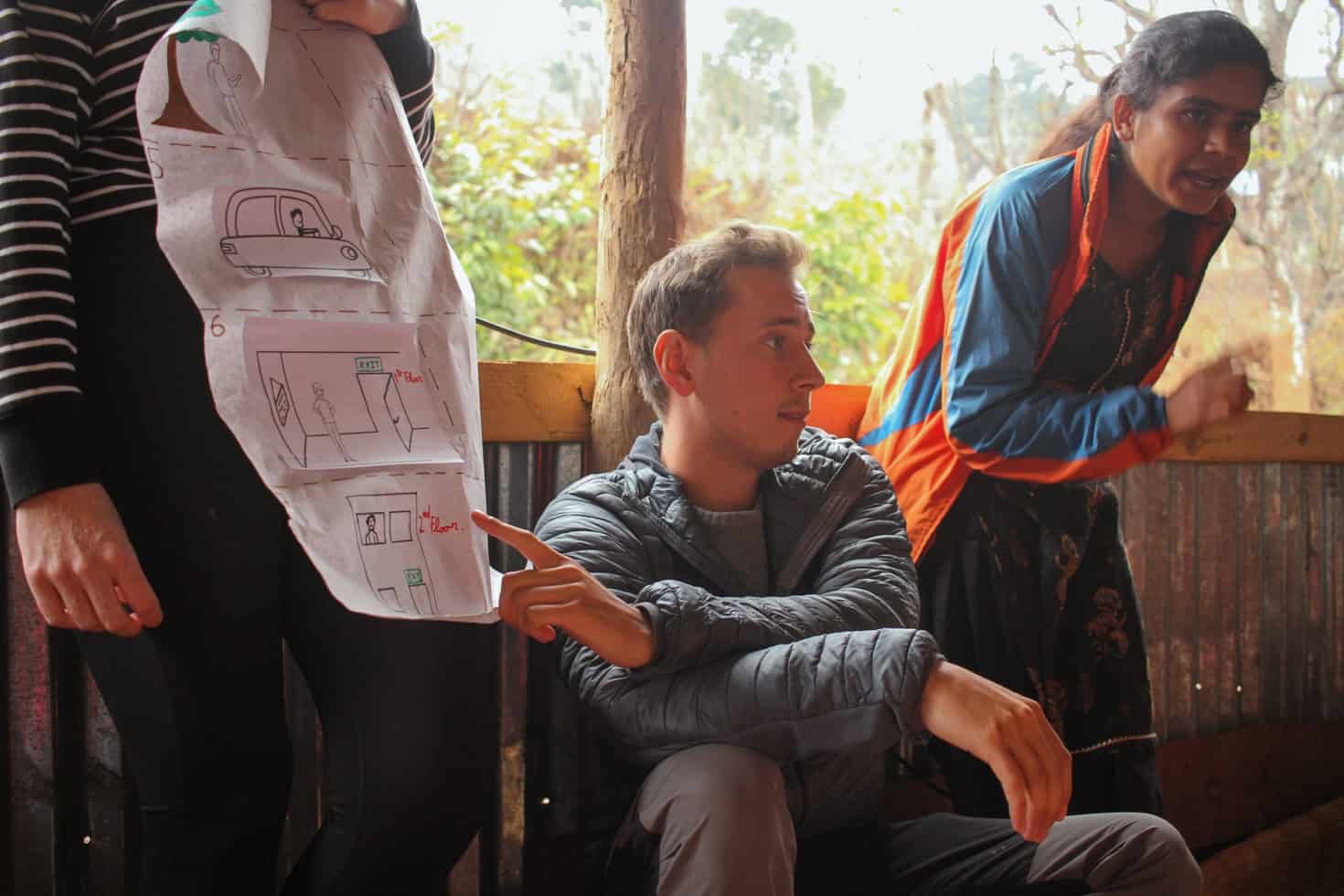Understanding the Difference Between Gender Equality, Gender Equity, and Women’s Empowerment

Imagine growing up in a place where a girl can only go to school after her brother finishes, or where she earns much less than a man for the same work. These realities are not unique to one country. Yet Nepal, with its deep-rooted customs, offers a view of how these issues can become even more challenging, especially among the marginalized societies in rural areas. People often use three phrases—gender equality, gender equity, and women’s empowerment—as if they mean the same thing. In reality, they each describe a different step in transforming society.
Definition: Gender Equality
Gender equality means that every person, regardless of gender, should have the same rights and chances in life. For this, we have to create an even field so everyone can learn, work, and make contributions without facing extra obstacles. This does not require forcing everyone to act alike, but it does call for dismantling old traditions that block certain groups from success.
Main Thought: Equality is about removing barriers and ensuring each individual can thrive on equal terms.
Gender Equality in Nepal’s Context
This ideal remains difficult in Nepal, partly because cultural values often place men above women in daily routines and opportunities. A girl in a rural home may be denied formal schooling while her brother attends classes. Women earn less in many workplaces, and positions of authority are usually held by men. Violence at home and in communities remains a threat.
Some progress has occurred, such as the 2015 Constitution, which grants equal rights to women in areas like property ownership and political engagement. Nepal achieved a milestone in 2017 when women took more than 40% of elected posts in local elections—an outcome linked to measures set by law.
Definition: Gender Equity
Equity adds another layer to this conversation. It focuses on fairness, which may involve extra support for those who have been historically left behind. If someone grows up with fewer resources and faces discrimination, giving that person the same access as a more privileged individual is not truly fair. Extra assistance—like educational grants or specific quotas—helps correct past imbalances.
Equity addresses deeper disadvantages, making certain that equal rights go beyond theory and become real-life opportunities.
Gender Equity in Nepal
In many villages, healthcare is given to men first if there is only enough money or resources for one family member. Some traditions, such as chaupadi, remove women from their homes during monthly cycles and place them in unsanitary huts. That practice puts them at risk.
To deal with these inequalities, Nepal has created programs designed to give additional help to women, including scholarships and a mandatory share of government seats. These approaches aim to mend the uneven ground caused by custom and history.
What Is Women’s Empowerment?
Women’s empowerment involves more than rights. It means making choices, taking charge, and moving toward personal and community growth. It emerges when a woman gains knowledge, earns her own money, and feels safe enough to speak up in her household and neighborhood. That sense of ownership transforms her outlook and her contribution to society.
Main Thought: Empowerment is about giving women the ability to direct their lives, whether that means starting a business, running for office, or simply deciding their own future.
Women’s Empowerment in Nepal
In many parts of the country, new businesses run by women challenge the old view that a woman’s place is inside the home. Entrepreneurship training, leadership workshops, and initiatives encouraging skill-building play a major role. As a result, more women share in decision-making at home, feel secure traveling for work, and pass on these shifts in mindset to younger generations.
How Do These Concepts Fit Together?
- Gender Equality as the Bedrock: It describes a landscape where everyone is given the same platform. Laws, policies, and attitudes shift so that prejudice or exclusion based on gender disappears.
- Gender Equity as the Tool for Fairness
- Women’s Empowerment as the Ultimate Goal: Beyond fairness and equal rights, women need the self-confidence and skills to make their own paths. When that happens, entire communities benefit because empowered women become innovators, leaders, and role models.
A Vision for the Future
Gender equality, gender equity, and women’s empowerment work best when they operate side by side. Equality changes laws and attitudes, equity corrects imbalances, and empowerment helps women break free from old limitations. Together, these ideas create communities where each person has a voice and a shot at success.
Nepal’s journey shows both the hurdles and the victories. There is still a long way to go, but gradual change is possible through education, legal reforms, and local programs aimed at strengthening women’s positions in society. When women have power over their futures, every family—and every nation—stands to gain.
More information on these efforts can be found through groups like Volunteer Initiative Nepal, which supports educational projects and community development to pave the way for a more balanced and thriving society.












